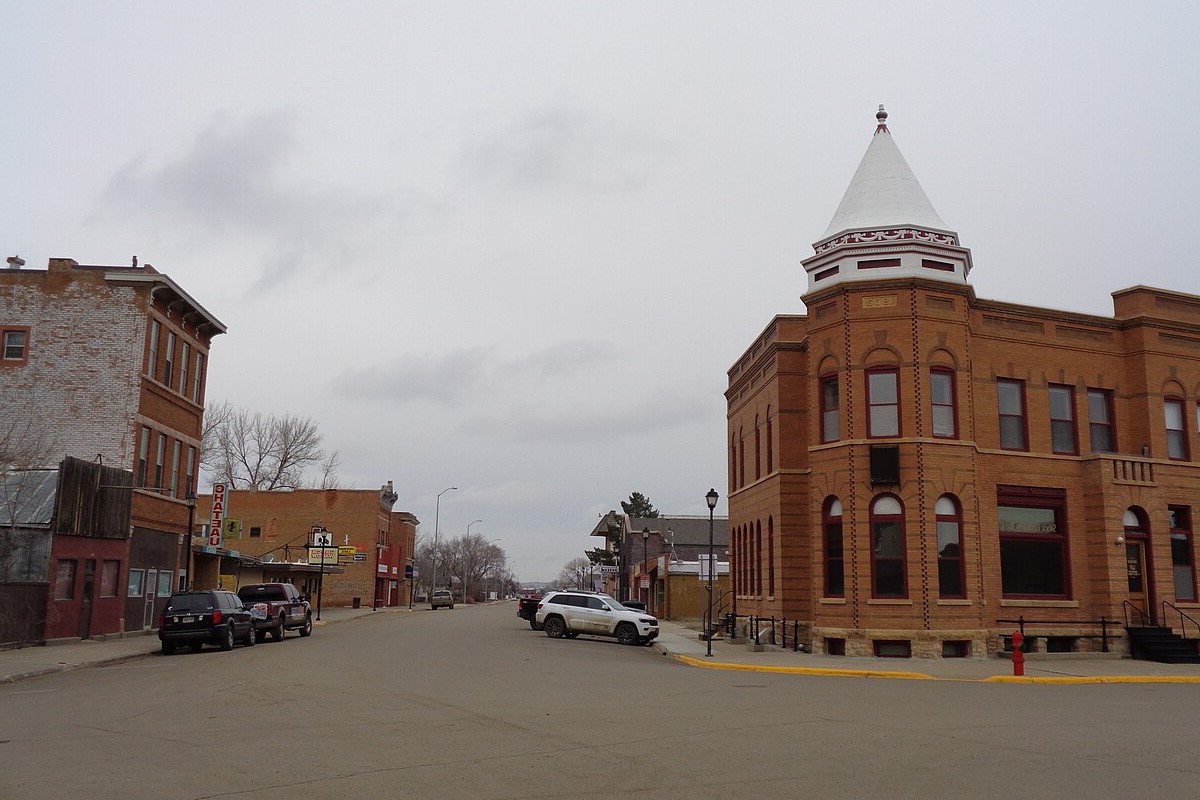Mysteries Of South Dakota’s Deserted Fort

Have you ever wondered about the hidden stories behind South Dakota's deserted forts? These abandoned military outposts hold secrets of the past, offering a glimpse into a time when the American frontier was wild and untamed. From Fort Randall to Fort Sisseton, each location has its own unique history waiting to be uncovered. Imagine walking through crumbling walls and empty barracks, feeling the echoes of soldiers who once stood guard. Whether you're a history buff or just looking for an off-the-beaten-path adventure, exploring these forgotten forts can be a thrilling experience. Ready to step back in time and uncover the mysteries of South Dakota's deserted forts?
Mysteries of South Dakota's Deserted Forts
South Dakota, known for its rolling prairies and the iconic Mount Rushmore, also hides a fascinating history within its deserted forts. These forts, once bustling with soldiers and settlers, now stand as silent witnesses to a bygone era. Let's explore some of these intriguing locations.
Fort Sisseton
Fort Sisseton, established in 1864, served as a military outpost during the Indian Wars. Today, it offers a glimpse into the past with its well-preserved buildings and historical reenactments.
- Officer's Quarters: These buildings housed the fort's officers and their families. Walking through them, you can almost hear the echoes of past conversations and daily routines.
- Guardhouse: This small structure once held prisoners. Its thick walls and iron bars tell stories of discipline and order.
- Blockhouses: These defensive structures provided protection against potential attacks. Climbing up, you can imagine the soldiers keeping watch over the vast plains.
Fort Randall
Fort Randall, built in 1856, played a crucial role in protecting settlers and maintaining peace in the region. Though now in ruins, it still holds many secrets.
- Chapel: The fort's chapel, though partially collapsed, remains a place of quiet reflection. Its stone walls and wooden beams evoke a sense of solemnity.
- Parade Ground: This open space was once the heart of the fort, where soldiers drilled and ceremonies took place. Standing here, you can almost see the rows of disciplined troops.
- Powder Magazine: This small, sturdy building stored gunpowder and ammunition. Its thick walls were designed to contain any accidental explosions.
Fort Meade
Fort Meade, established in 1878, was a key military post during the Indian Wars and later served as a cavalry training center. Its history is rich with tales of bravery and hardship.
- Stables: These large buildings housed the fort's horses. Walking through, you can almost smell the hay and hear the horses' neighs.
- Hospital: The fort's hospital treated soldiers and their families. Its empty rooms and long corridors speak of the many lives saved and lost.
- Cemetery: The fort's cemetery is a poignant reminder of the soldiers who served here. Each gravestone tells a story of sacrifice and duty.
Fort Pierre Chouteau
Fort Pierre Chouteau, built in 1832, was a major trading post and military fort. Though largely forgotten, it played a significant role in the region's history.
- Trading Post: This bustling hub of commerce once saw traders and Native Americans exchanging goods. Its remnants hint at the vibrant activity that once took place.
- Barracks: These buildings housed the fort's soldiers. Their simple design reflects the harsh conditions and the soldiers' resilience.
- Stockade: The fort's stockade provided protection against attacks. Its high walls and sturdy gates stand as a testament to the fort's strategic importance.
Fort Sully
Fort Sully, established in 1863, was a key outpost during the Indian Wars. Its ruins offer a haunting glimpse into the past.
- Commanding Officer's Quarters: This building, though now in ruins, once housed the fort's commanding officer. Its grand design reflects the importance of its occupant.
- Mess Hall: The fort's mess hall was a place of camaraderie and sustenance. Its empty space echoes with the laughter and conversations of soldiers.
- Sutler's Store: This store provided goods and supplies to the fort's inhabitants. Its remnants hint at the bustling trade that once took place.
Fort Wadsworth
Fort Wadsworth, built in 1864, served as a defensive post during the Indian Wars. Its remains tell stories of conflict and survival.
- Blockhouse: This defensive structure provided a vantage point for soldiers. Its thick walls and narrow windows speak of vigilance and readiness.
- Quartermaster's Storehouse: This building stored supplies and equipment. Its sturdy construction reflects the importance of its contents.
- Enlisted Men's Barracks: These buildings housed the fort's enlisted men. Their simple design speaks of the soldiers' daily lives and routines.
South Dakota's Hidden Forts Await
South Dakota's deserted forts offer a unique glimpse into history. These sites, once bustling with activity, now stand as silent witnesses to the past. Exploring these forts, you can almost hear the echoes of soldiers and settlers who once called them home. Each fort has its own story, from Fort Sisseton’s strategic importance to Fort Randall’s role in westward expansion.
Visiting these forts isn't just about history; it's about experiencing the rugged beauty of South Dakota. The landscapes surrounding these forts are stunning, with rolling prairies, winding rivers, and vast skies. Whether you're a history buff or just love exploring new places, these forts provide a fascinating adventure.
So next time you're in South Dakota, take a detour to visit these hidden gems. You'll leave with a deeper appreciation for the state's rich history and natural beauty.

